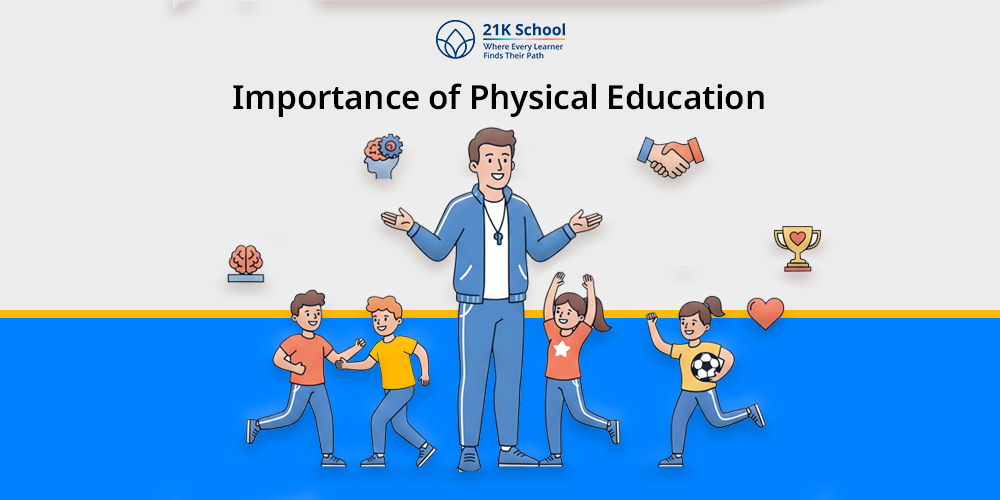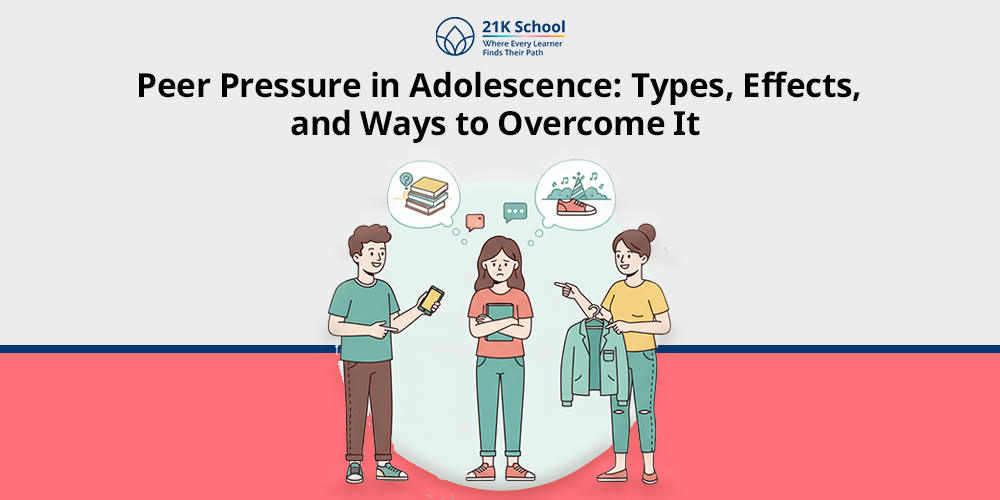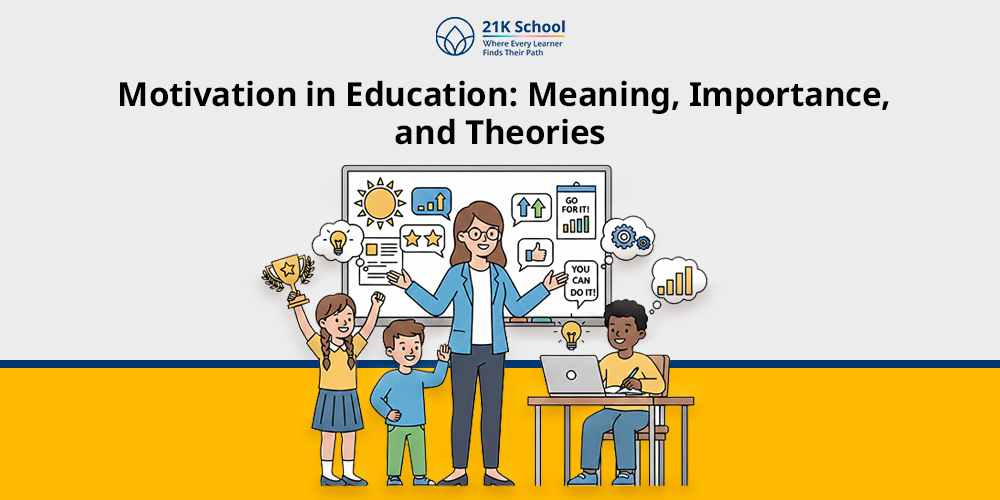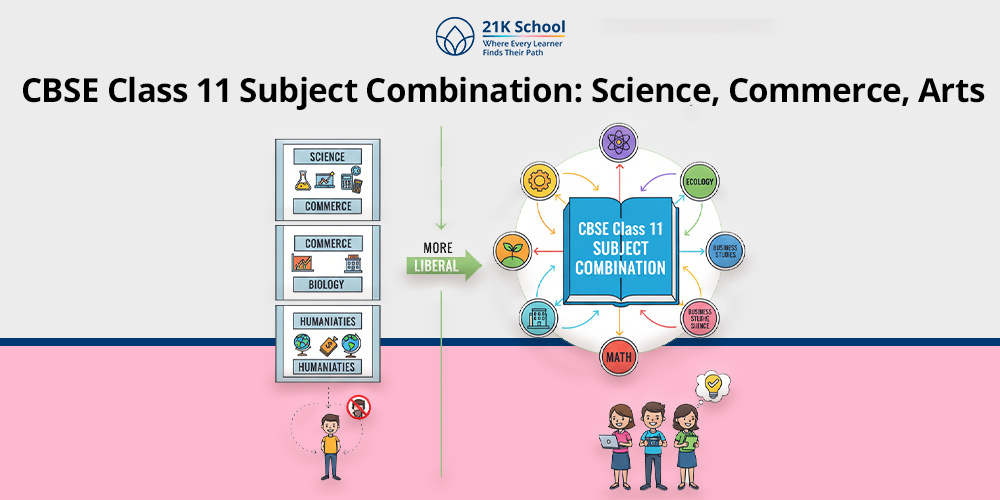
Physical exercises like yoga, or sports should be taught in schools especially for gross and fine motor skills as well as fitness/health. They promote teamwork, discipline, flexibility and endurance.
Some holistic activities go along with physical education in schools. Schools hope these efforts will make students healthier and fitter.
Contents
- 1 What is Physical Education?
- 2 13 Most Importance of Physical Education
- 2.1 1. Better Physical and Mental Health
- 2.2 2. Reduce Stress and Anxiety
- 2.3 3. Enhance Learning Capacity
- 2.4 4. Well-Rounded Development
- 2.5 5. Cognitive Development
- 2.6 6. Develop Motor Skills
- 2.7 7. Enhance Academic Performance
- 2.8 8. Build Self-Confidence
- 2.9 9. Enhance Positive Outcomes
- 2.10 10. Social Skills
- 2.11 11. Teach Discipline
- 2.12 12. Promotes Good Habits
- 2.13 13. Inculcates Leadership
- 3 Final Thought
What is Physical Education?
Physical education in sport, exercise and games teaches students and healthy body fitness and motor skills as well as mental well being. Physical education produces more mood/stress endorphins.
Physical education in all schools is a prerequisite for National Education Policy 2020 together with active learning and mental and physical fitness. Hence, it is compulsory at all schools.
So, students become healthier, less stressed & more active for their mental well being and grades. In general, physical education ensures that the pupil is healthy physically as well as psychologically and socially.
13 Most Importance of Physical Education
Actual physical education is important for empathy , stress reduction, cognitive development, self-confidence, social skills , emotional intelligence , and other reasons listed below:
1. Better Physical and Mental Health
Running, swimming and team sports build strength, endurance, flexibility, and cardiovascular health to prevent obesity, diabetes and heart disease.
So it gives you mental health to fight depression and emotional health to have an even mind-body connection that lasts in a sedentary world.
2. Reduce Stress and Anxiety
Physical education also reduces stress in high-pressure environments. The fact here is that energy is used in physical exertion and then the brain rests – less anxiety and student stress – better sleep.
Yoga, exercise takes your mind off of it, helps with study stress , emotional overload etc, and gets you centered/focused learning.
3. Enhance Learning Capacity
Physical education makes the brain more ready for memory retention and attention span and information processing – all of which are important for learning .
Regular physical activity teaches faster and more deeply than classroom instruction.
4. Well-Rounded Development
In physical education people develop as whole covering the physically, mentally, emotionally and socially.
Various activities build coordination and empathy skills for life challenges and for individual development beyond ‘rote learning ‘.
5. Cognitive Development
Physical education also promotes executive planning, decision-making , and problem solving in children.
Proper cognitive development in children also leads to creative thinking , adaptation and a solid foundation for intellectual pursuits.
6. Develop Motor Skills
Physical education teaches balance, gross motor skills , agility, hand-eye coordination and spatial awareness in the form of fun and progressive games and drills.
With these skills you can reduce the chances of common issues in daily life as well as in physical work. Hence, you can travel around the world and do leisure activities relatively more confidently.
7. Enhance Academic Performance
Physical education causes more concentration problems, and other disruptive behaviours to learn. And now physical education is compulsory in all schools.
Physically active students score relatively better in tests and subjects because physical exercise helps in rewiring your brain for academic success.
8. Build Self-Confidence
Physical education also builds self-esteem, confidence to face fears, and problems head on and a good image of oneself – especially for youth going through personal/social growth.
Education needs self-confidence to succeed and to reduce exam stress .
Explore how to build confidence in a child .
9. Enhance Positive Outcomes
Physical education benefits children in terms of mental health, relationships and life satisfaction and habits of lifelong learning and productivity.
And that has a ripple effect: If you are more physically fit people will look for opportunities, goals and give back to your communities and improve quality of life.
10. Social Skills
Physical education also teaches social skills. Team sports/group exercises teach people to talk, work together, be friends & socialise.
It’s a skill for communities, for reducing isolation, for cooperative learning .
11. Teach Discipline
Physical education teaches rules and discipline – in the real world we need persistence and self-control.
Physical education teaches discipline following rules, routines and expectations – and team games teach respect for authority – following referees, coaches, and team leaders.
12. Promotes Good Habits
Physical education teaches kids discipline and consistency. It also teaches kids to eat right, move and be clean.
So, fun and habitual activities from a young age are better than slumber conveniences for long-term vitality and disease prevention.
13. Inculcates Leadership
Through physical education we can become captains of teams, event organisers and encourage people to think strategically and to work together.
This teaches people to be initiative, responsible and visionary change agents.
Understand the common problems of physical education in schoolshomeschooling .
Final Thought
A balanced life with physical vitality, mental resilience, social competence and lifelong health require physical education.
If physical education is taught in schools – as in India NEP 2020 – we can have healthier, more confident, productive generations and we can have a world where wellbeing precedes academic success.
Physical education is a future investment and not an educational choice.



